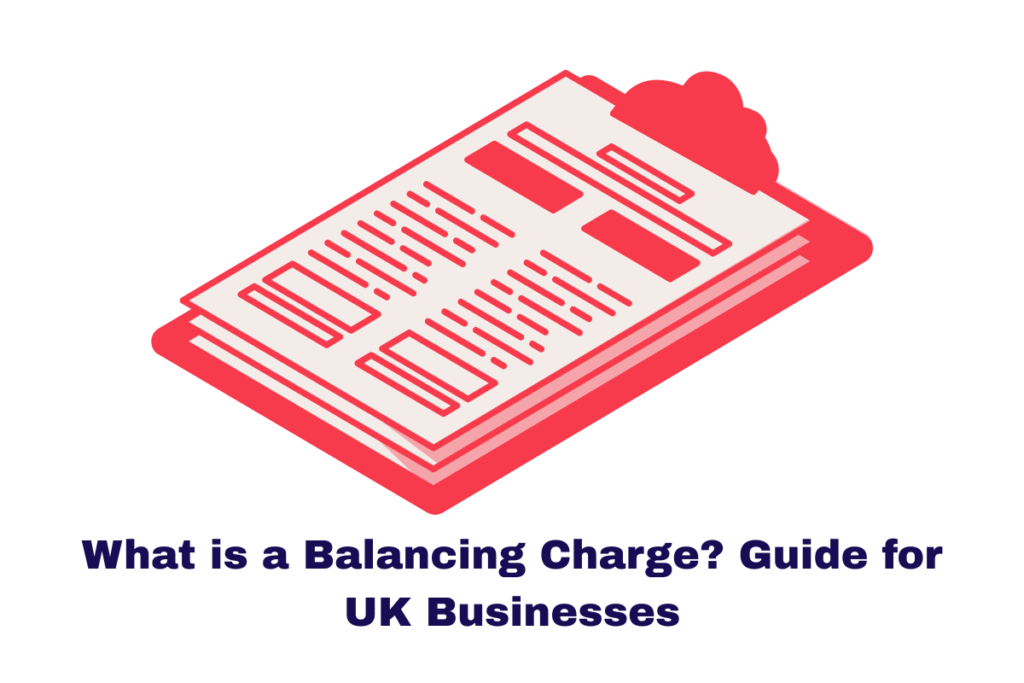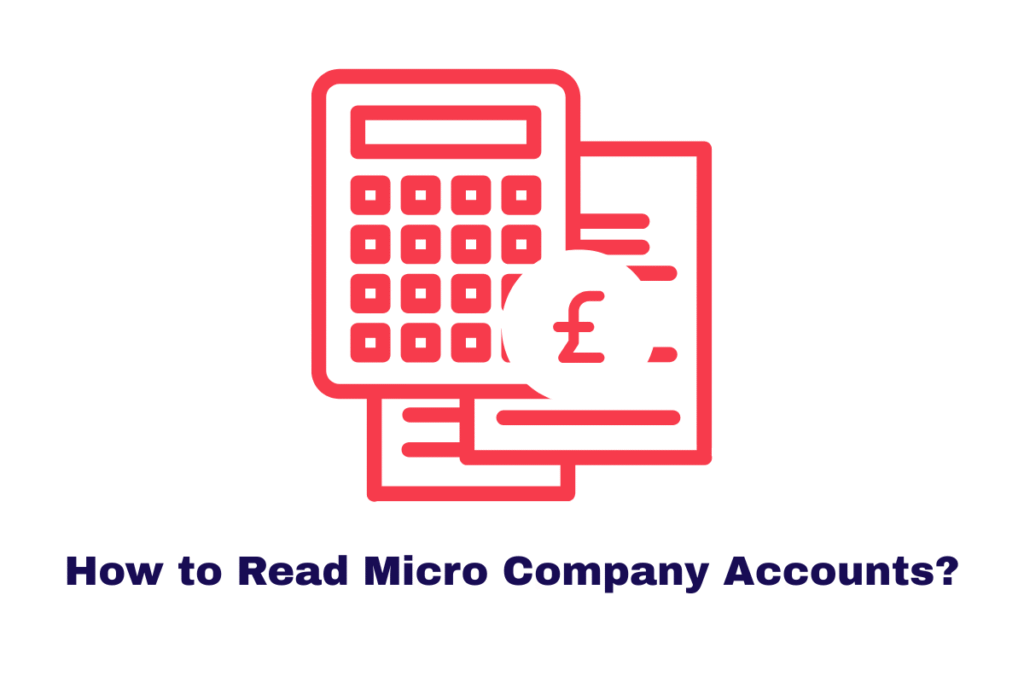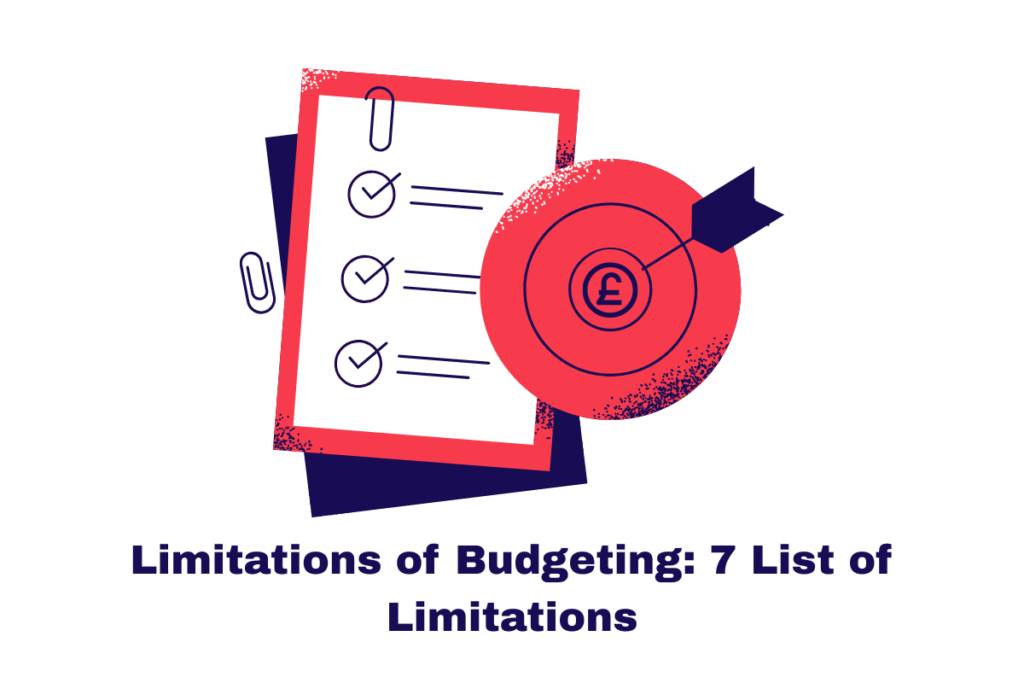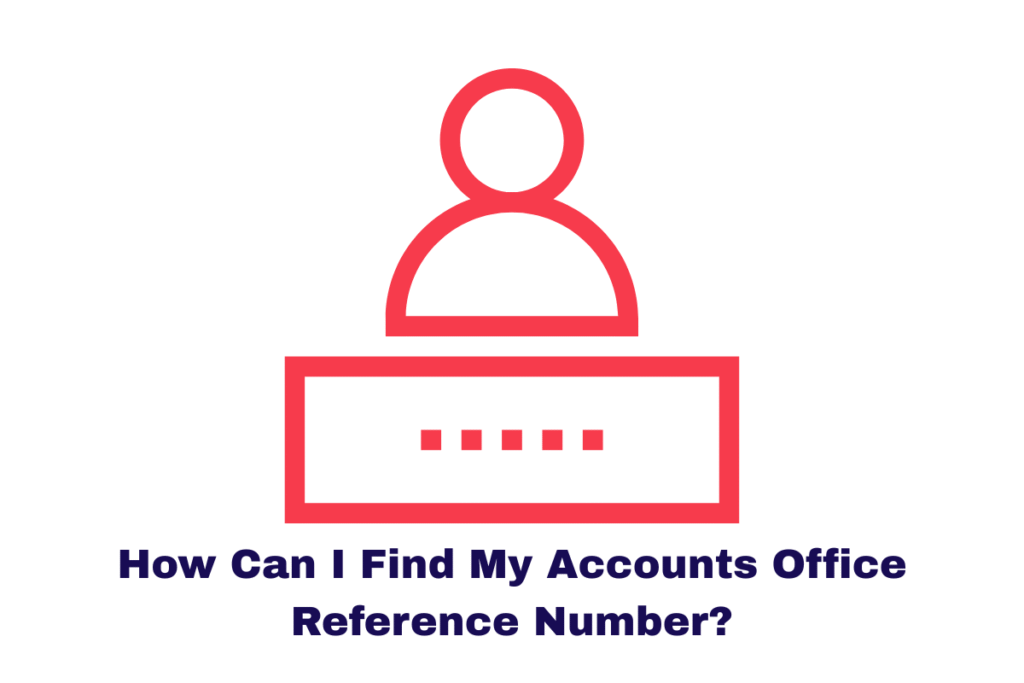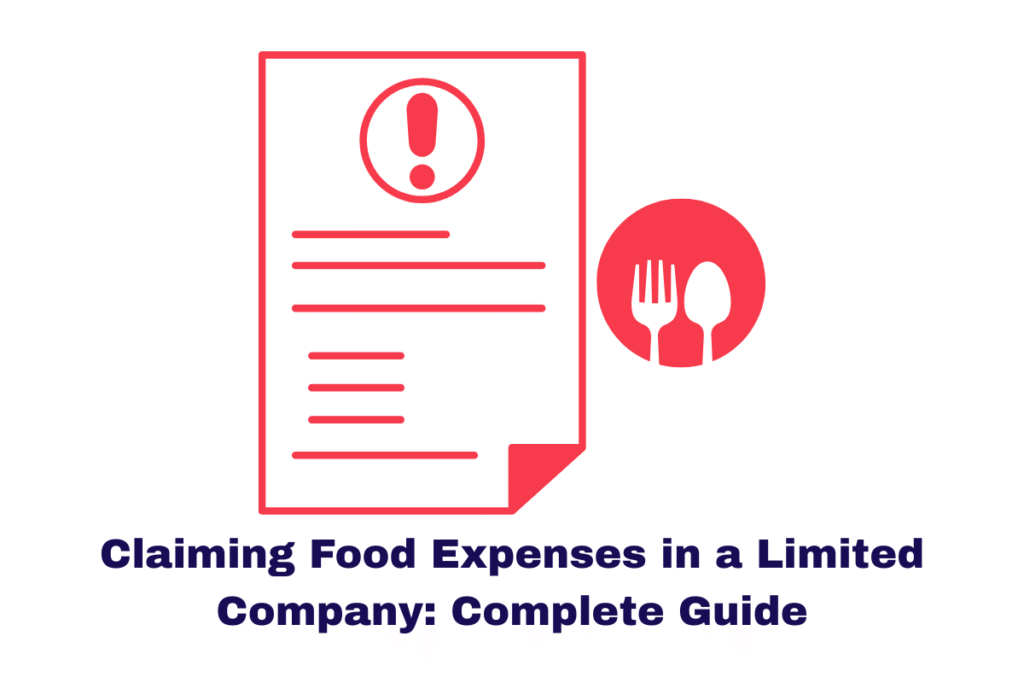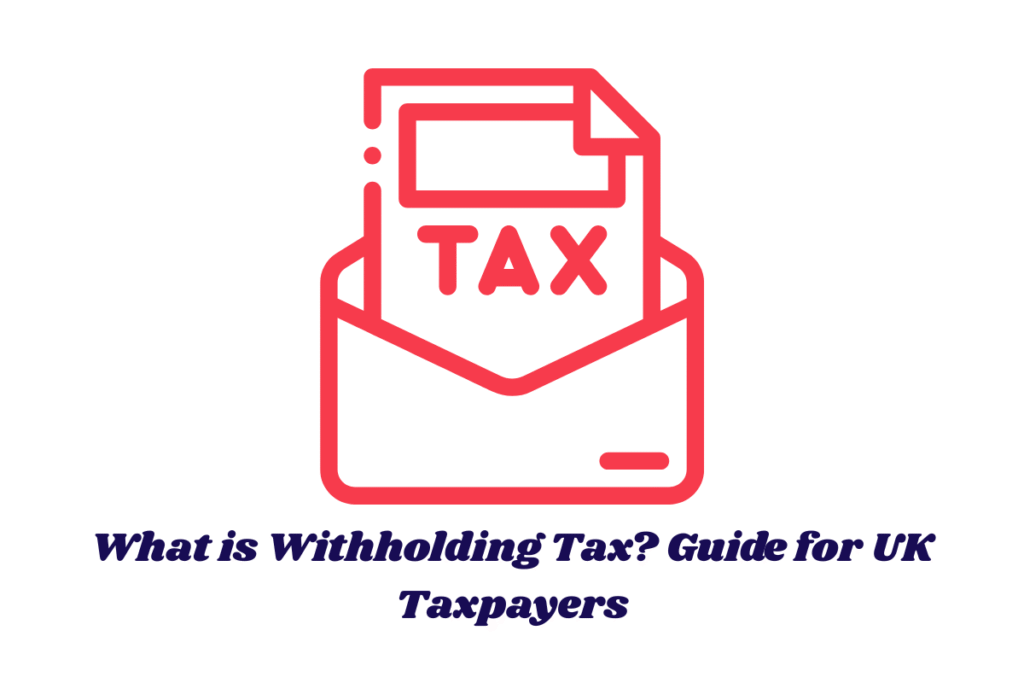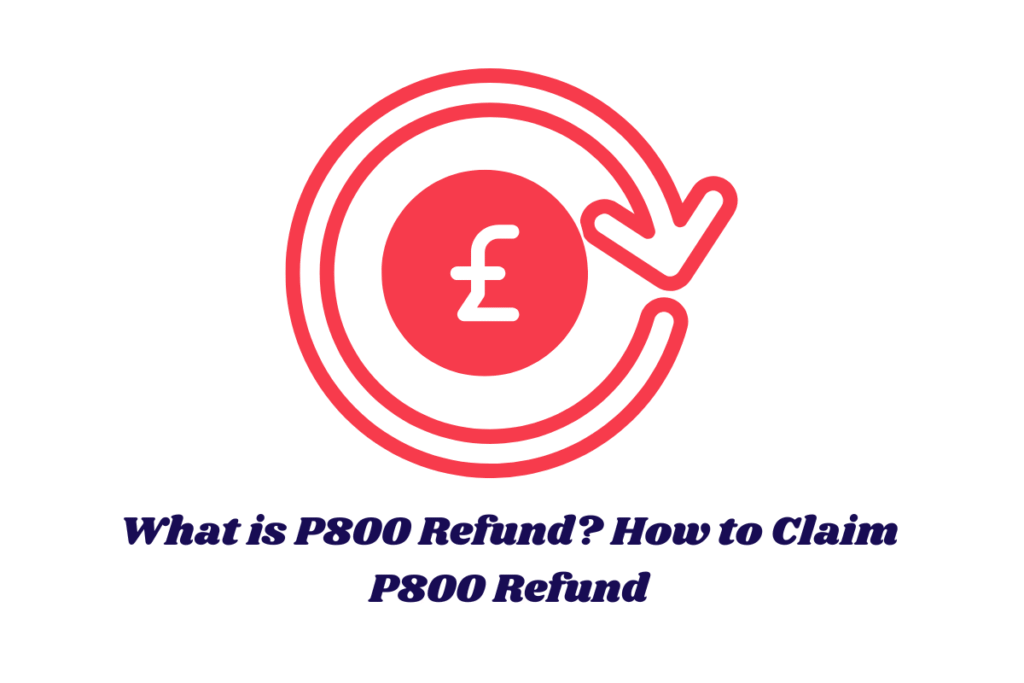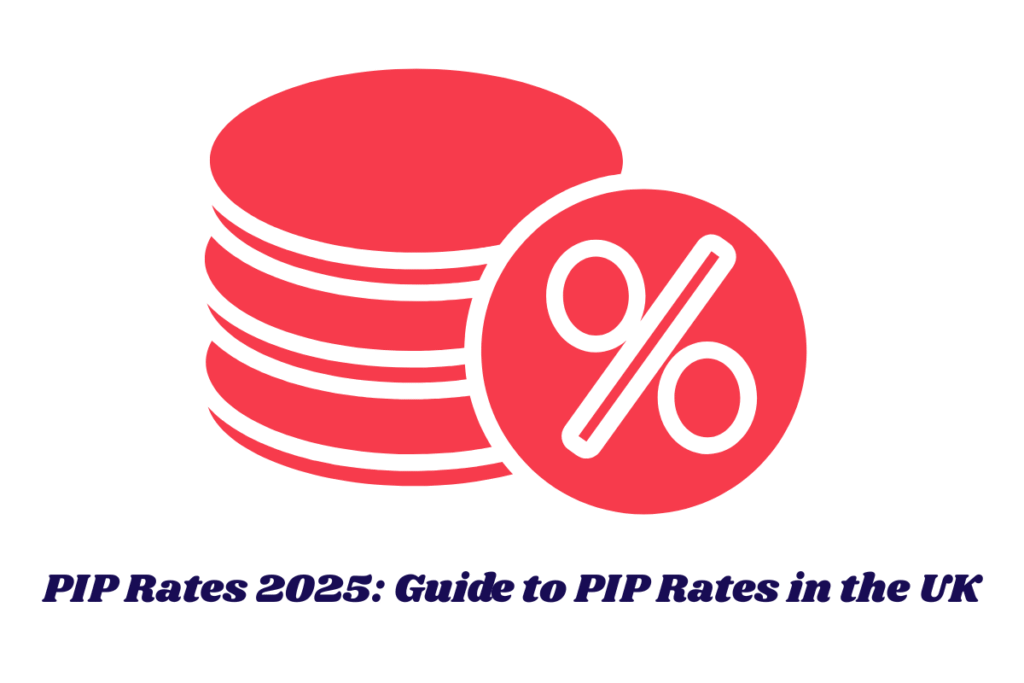A partnership is a UK business structure defined by the Partnership Act 1890 in which two or more individuals share profits, management responsibilities, and personal liability for the firm’s debts.
Partnerships for small businesses offer flexible decision-making with direct tax treatment under HMRC rules, as each partner is taxed on their share of profits through Self Assessment.
A partnership with clear profit-sharing ratios, designated partners, and a written partnership agreement provides stronger compliance, improved governance, and transparent accountability.
Examples of common UK partnerships include professional practices such as solicitors’ firms, accountancy partnerships, and medical GP partnerships.
What is a Partnership?
According to the Partnership Act 1890, “Partnership is the relationship which subsists between persons carrying on a business in common with a view of profit.” This means that a partnership is a legal relationship formed between two or more people who agree to operate a business together and share profits.
This deceptively simple statement forms the bedrock of every General Partnership (GP) in England, Wales, and Northern Ireland.
It establishes a key point: a partnership exists the moment two or more people start running a commercial activity together with the intention of making money, even if they never sign a single piece of paper.
The relationship is governed by the 1890 Act unless the partners expressly agree otherwise in a formal contract, the Partnership Agreement or Deed.
Understanding what is partnership goes beyond merely sharing profits. It means sharing management, sharing risks, and, critically for a traditional setup, sharing unlimited liability.
The Essential Elements of a Partnership Meaning
For any arrangement to legally qualify as a partnership, the courts typically look for three essential criteria, ensuring clarity over the partnership meaning:
-
Carrying on a Business: This requires a degree of continuity and repetition of commercial acts, not just a one-off transaction.
-
In Common: All partners must be involved in the business in some capacity, even if their roles or level of activity differ significantly.
-
With a View of Profit: The primary objective must be financial gain. Non-profit or charitable activities cannot be legally constituted as a profit-sharing partnership.
Failing to properly define and document this relationship can result in disastrous financial and legal consequences. This is why addressing the fundamental question of what is business partnership requires an early consultation with an accountant and a solicitor.
The Indispensable Partnership Agreement
While a formal document isn’t legally required to create a general partnership (as per the 1890 Act), it is absolutely critical for the smooth and secure operation of the firm.
Relying solely on the default rules of the 1890 Act is often insufficient and rigid, leading to unexpected outcomes when conflict arises.
A well-drafted Partnership Agreement acts as a business constitution, superseding the default legal provisions and addressing the critical minutiae of the partnership meaning specific to your venture.
Key Clauses Your UK Partnership Agreement Must Include:
-
Profit Sharing Ratios: Specifies how profits (and losses) are to be divided. Contrary to common assumption, the 1890 Act mandates an equal split unless agreed otherwise.
-
Drawings: Defines how much money partners can take out of the business before profits are calculated (often a contentious area).
-
Capital Contributions: Details how much money, assets, or goodwill each partner contributes and how this is returned upon dissolution.
-
Roles and Responsibilities: Outlines the duties and scope of authority for each partner, mitigating future disagreements over management.
-
Dispute Resolution: A clear mechanism for resolving deadlocks or disagreements (e.g., mediation or arbitration).
-
Exit and Expulsion Clauses: Crucial for managing the departure of a partner, whether voluntary or enforced, including valuation methodology for their share.
Without such an agreement, a disagreement could necessitate a costly and time-consuming legal battle. The investment in robust legal documentation is, unequivocally, a significant partnership advantage.
Types of Partnerships in the UK
The UK offers three primary forms of partnership, each catering to different operational needs and, most significantly, different levels of personal liability protection.
Understanding these distinctions is paramount when discussing what is business partnership.
1. The General Partnership (GP)
The traditional and most straightforward form, the GP, is defined by the Partnership Act 1890.
-
Formation: Extremely easy. No central registration is required (though registration with HMRC is mandatory for tax purposes).
-
Legal Status: The partnership is not a separate legal entity. It is simply a collection of individuals acting together.
-
Liability: Unlimited Liability. This is the greatest risk and the most significant of the partnership disadvantages. Each partner is jointly and severally liable for all the debts and obligations of the partnership. If the business defaults, creditors can pursue the personal assets (house, savings, car) of any partner to satisfy the full debt, even if that partner was not responsible for incurring it.
2. The Limited Partnership (LP)
Introduced by the Limited Partnerships Act 1907, the LP is a structure often used for investment funds or specific joint ventures where some partners are passive investors.
-
Structure: It must have at least one General Partner (GP) and at least one Limited Partner (LP).
-
General Partner: Manages the business and carries unlimited liability.
-
Limited Partner: Contributes capital but is restricted from taking part in the management of the business. In return, their liability is limited to the amount of capital they invested. If a Limited Partnership starts managing the firm, they lose their limited liability status.
-
Registration: Must be registered with Companies House.
3. The Limited Liability Partnership (LLP)
The LLP, established by the Limited Liability Partnerships Act 2000, fundamentally changed the landscape of what is partnership in the UK, particularly for professional firms. It offers a crucial hybrid structure.
-
Legal Status: An LLP is a body corporate with a legal personality separate from its members. It can own assets, incur debts, and be sued in its own name, much like a Limited Company.
-
Liability: Limited Liability. This is a major partnership advantage. The personal assets of the partners (known as ‘members’ in an LLP) are generally protected from business debts. Liability is typically limited to the amount they agree to contribute or guarantee to the business, except in cases of personal professional negligence or fraud.
-
Taxation: Crucially, despite its corporate legal status, the LLP is treated as a General Partnership for tax purposes (a “fiscally transparent” entity). Profits are taxed directly on the individual members via Self-Assessment, avoiding Corporation Tax.
-
Registration: Mandatory registration at Companies House, involving a formal incorporation process and annual accounts filing (though less stringent than a full limited company).
For modern professional services (accountants, lawyers, architects), the LLP structure is often the preferred and most logical choice, effectively removing the critical partnership disadvantage of unlimited personal risk.
You can read more articles on different taxes in the UK:
PIP Rates 2025: Guide to PIP Rates in the UK
What is P800 Refund? How to Claim P800 Refund
What is Withholding Tax? Guide for UK Taxpayers
Tax and Accounting for UK Partnerships
Understanding the taxation regime is paramount when considering the partnership definition in a UK context. As a partnership expert, it is vital to dispel the myth that the partnership itself is a taxpayer.
The Principle of Fiscal Transparency (Pass-Through)
The defining characteristic of how a partnership (GP, LP, or LLP) is taxed in the UK is fiscal transparency.
This means:
-
No Corporation Tax: The partnership entity does not pay income or corporation tax on its profits.
-
Pass-Through: The profits are allocated (or ‘passed through’) to the individual partners according to the profit-sharing ratios outlined in the partnership agreement.
-
Individual Taxation: Each partner is then responsible for paying Income Tax and National Insurance Contributions (NICs) on their allocated share of the profit, treating it as trading income via their personal Self-Assessment tax return.
Mandatory HMRC Registration and Filings
Proper compliance with HMRC is non-negotiable for any business partnership.
-
Registration: The partnership itself must be registered with HMRC, usually via the nominated partner.
-
The Partnership Tax Return (SA800): The partnership must file a specific tax return (Form SA800) annually. This return declares the total income and expenses of the business and calculates the overall profit. Crucially, it then details how that profit is divided among the partners.
-
Individual Partner Returns (SA104): Each partner must then file their own Self-Assessment tax return (Form SA100) and include the supplementary pages for partnerships (Form SA104). They report their specific share of the profit (as declared on the SA800) and pay tax on that figure.
National Insurance Contributions (NICs) for Partners
Unlike company directors who may pay Class 1 NICs on salaries, partners pay two classes of self-employed NICs on their share of trading profits:
-
Class 2 NICs: A small, flat-rate weekly contribution (paid annually via Self-Assessment), required if profits are above a certain threshold.
-
Class 4 NICs: A percentage of the annual taxable profits above a lower limit and up to an upper limit.
This simplified tax administration, avoiding the complexities of payroll and Corporation Tax, can be a major partnership advantage for new or smaller businesses.
How Does a Partnership Work?
In a general partnership, each partner contributes to all aspects of the business, including capital, skills, and labour. They also share equally in profits, and more importantly, in debts and liabilities.
Without a formal agreement, UK law assumes equal ownership and liability among partners.
In an LLP, the business operates as a separate legal entity from its partners, offering protection from personal liability.
Meanwhile, a Limited Partnership shields limited partners from debt beyond their investment, as long as they do not participate in managing the business.
The Advantages and Disadvantages of a Partnership
When determining if a what is partnership structure is right for your venture, it’s critical to weigh the substantial benefits against the inherent risks, especially in comparison to establishing a limited company or operating as a sole trader.
The final decision rests entirely on balancing operational flexibility with liability exposure.
Partnership Advantages (Pros)
| Advantage | Description | Relevance to the UK Business Owner |
| Simplicity and Speed | General Partnerships are the easiest and quickest formal structures to establish. The partnership definition is simple: no lengthy incorporation process, registration fees, or complex statutory filings (unless forming an LP/LLP). | Reduces startup costs and administrative burden in the formative stages. |
| Pooled Resources and Capital | Partners can combine expertise, assets, and startup capital. Two minds are better than one, sharing the workload, contacts, and complementary skills. | Significantly enhances the business’s chance of success and growth trajectory. |
| Favourable Tax Treatment | The fiscal transparency (pass-through) means profits are taxed only once (via individual Income Tax) rather than potentially twice (Corporation Tax + Dividend Tax), which can occur in a Limited Company setup. | Leads to greater tax efficiency, especially if partners intend to withdraw most of the profits immediately. |
| Flexibility in Management | The partners have almost total control over the structure and operation of the business. The Partnership Agreement can be customised to delegate roles and profit shares entirely according to agreement, providing huge flexibility. | Allows the business to adapt quickly without being constrained by rigid company law requirements. |
The ability to combine diverse skill sets and capital while maintaining tax simplicity is often the most compelling case for pursuing a business partnership.
Partnership Disadvantages (Cons)
| Disadvantage | Description | Relevance to the UK Business Owner |
| Unlimited Liability (GP/LP) | This is the primary and most significant of all partnership disadvantages. The partners are personally responsible for all business debts. Failure of the business could lead to the loss of personal assets. | A high-stakes risk that mandates careful consideration and proper business insurance. Often mitigated by forming an LLP. |
| Lack of Separate Legal Personality | The partnership entity is inseparable from the partners, unlike a Limited Company or LLP. This complicates contract signing, asset ownership, and legal proceedings. | Can create operational difficulties and personal exposure when dealing with third parties. |
| Risk of Conflict | Sharing control means shared decision-making. Disagreements can paralyse the business, and without a robust agreement, dissolution may be the only remedy. | Requires selecting partners based not just on skill, but on aligned ethics and communication ability. |
| Lack of Permanence | Legally, a General Partnership is automatically dissolved upon the death, bankruptcy, or sometimes the retirement of one partner (unless the agreement states otherwise). | Creates an instability that can be a drawback when seeking long-term investment or contracts. |
The risk associated with unlimited liability is the single factor that pushes many UK businesses, particularly those operating in high-risk sectors or those holding significant debt, toward forming a Limited Liability Partnership (LLP) or a Limited Company instead.
The true partnership definition must always be viewed through the lens of liability.
Detailed Look at UK Partner Responsibilities
When you agree to the partnership meaning, you are agreeing to a profound set of duties towards your co-partners and the business itself. These duties are legally enforceable.
Fiduciary Duties
The relationship between partners is one of utmost good faith (a fiduciary duty). Key responsibilities include:
-
Duty to Account: A partner must account to the firm for any private profits made from transacting with the firm, or from using the firm’s property, name, or business connection without the consent of the other partners.
-
Duty to Disclose: Full information regarding the business must be provided to any partner or their legal representative upon request.
-
Duty not to Compete: A partner who carries on a competing business without the consent of the others must hand over all profits made from that competing venture to the firm.
Breaching these duties is one of the most common causes of internal conflict and subsequent dissolution, highlighting the potential partnership disadvantage of internal strife.
The Concept of Apparent Authority
A critical legal aspect that every UK partner must grasp is Apparent Authority. Under the Partnership Act 1890, every partner is an agent of the firm and their other partners for the purpose of the business partnership.
This means:
-
An act done by one partner in the usual course of the firm’s business binds the firm and the other partners, even if they were unaware of it or disagreed with it internally.
-
If one partner signs a contract or takes out a loan in the firm’s name, all partners are liable for that debt.
This reinforces why the selection of a partner must be meticulous, your financial future is directly linked to their competence and integrity.
Importance of a Partnership Agreement
Creating a formal partnership agreement can help clearly define:
- Capital contributions
- Roles and responsibilities
- Profit-sharing ratios
- Procedures for resolving disputes
- Exit strategies
A partnership agreement acts as a contract to protect both the business and the partners involved.
Reference: Citizens Advice UK – Partnership Agreements
When to Switch: Moving Beyond the Partnership Definition
While the initial simplicity of a GP is an attraction, growth often demands a reconsideration of the structure.
When a business partnership hits key milestones, it is often advisable to consider incorporating as a Limited Company.
Key Triggers for Incorporation:
-
High-Risk Operations: When a firm’s trading activities inherently involve large risks or potential for litigation, the unlimited liability of a GP becomes untenable.
-
External Investment: Investors (Venture Capital, Angels) almost always prefer to invest in Limited Companies for the clarity of share capital and liability protection.
-
Profit Retention: If the business profits exceed the partners’ personal financial needs and they wish to reinvest substantial funds into the business, a Limited Company’s Corporation Tax rate can be more favourable than the higher rates of Income Tax for high-earning individuals. This shifts the calculation of partnership advantages toward the corporate structure.
-
Succession Planning: Transferring ownership of a Limited Company via shares is significantly simpler than transferring a partnership stake.
Is Partnership Right for You?
Whether or not a partnership suits your business needs depends on your appetite for risk, your relationship with your prospective partner(s), and the nature of your business.
Many small businesses and professional practices thrive under this model due to its simplicity and shared workload.
Final Thoughts: What is a Partnership
For anyone contemplating a joint venture, the question, what is partnership, is the beginning of a complex legal and financial journey.
From the default position of a General Partnership and its inherent unlimited liability, to the highly structured and protected environment of a Limited Liability Partnership (LLP), the UK legal framework offers options for various needs.
Our expertise as UK Tax Advisors demonstrates that the true long-term value lies not just in understanding the basic partnership meaning, but in meticulously documenting the relationship.
A robust partnership agreement is the only shield against the fundamental partnership disadvantages of conflict and dissolution.
To ensure full compliance and confidence in your structure, you should always seek tailored advice from qualified UK solicitors and accountants.
This due diligence ensures your business partnership adheres to all HMRC regulations and operates with the security necessary for sustained success.
The content provided on TaxCalculatorsUK, including our blog and articles, is for general informational purposes only and does not constitute financial, accounting, or legal advice.
You can also visit HMRC’s official website for more in-depth information about the topic.

